-14523119052022.jpg)
Dracaena marginata Dragoeiro de Madagáscar Bioma Plants
The Dracaena Marginata, also known as Madagascar Dragon Tree, was favored by people who wanted an Asian, modern or architectural feel. I was an interior plantscaper many years ago - yes, I maintained plants in offices, lobbies, hotels and the likes. I saw and took care of my share of Dracaena marginatas.

Dracaena Marginata Livraison plantes d'intérieur Flowy
Dracaena marginata Care. To care for Dracaena marginata, provide well-draining soil and bright indirect light. Water weekly to by-weekly once the top 2-3 inches of soil are dry (5-7.5cm). Provide a temperature between 60 to 80 degrees Fahrenheit (16 to 27 Celsius). The ideal humidity is 60-80%.
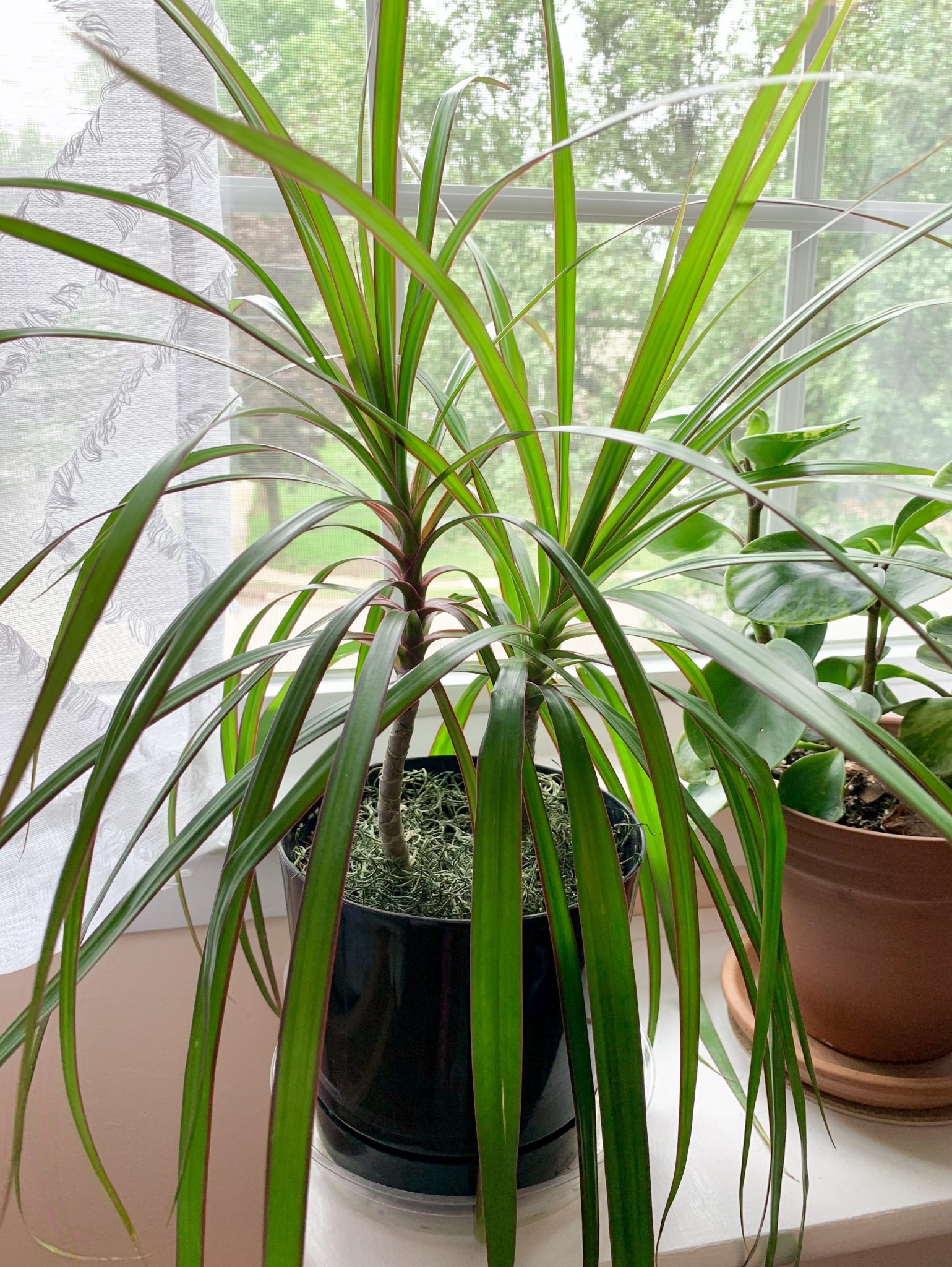
How to Care for and Propagate Dracaena Marginata Sprouts and Stems
Dracaena marginata tricolor - thin strips of yellow, green, white, and pink variegation; grows more slowly than other varieties and loves light. Dracaena marginata tarzan - looks very similar to the original Dragon Tree. This cultivar features thicker leaves and trunk, and less pink on the edges.

Dracaena Marginata How to Grow Care Guide Houseplant 411
Dracaena varieties. There are over one hundred different species of Dracaena. Some of the most popular are as follows: Dracaena marginata. Also called: Dragon Tree. Dracaena reflexa. Also called: Song of India. Dracaena deremensis. Also called: Dracaena fragrans, Corn Plant, or Janet Craig.

Dracaena marginata o dárcena en gatos todo lo que necesitas saber
Dragon tree ( Dracaena marginata) is the perfect house plant for beginners as it doesn't need a huge amount of maintenance to remain healthy. It thrives in low light levels and stores water in its trunk, meaning it can tolerate a bit of neglect on the watering front.

Madagascar Dragon Tree Dracaena Marginata Plantio de árvores, Plantas, Árvores de interior
How To Propagate. Propagate Dracaena Marginata through stem cuttings. Root it in water and wait for it to grow roots in just three weeks. No need for rooting hormone. Propagating Dracaena Marginata is best done in spring. This is the time when the plant is growing the most.

Dracaena marginata cuidados Guía completa
Dracaena. The popular and easy to grow houseplants known collectively as Dracaenas include several species and varieties. The Dracaena plants vary in size, shape, and color, but all share a main characteristic in that their long leaves grow outward and up from a central stalk, or cane. Water the plant by keeping the soil moist, but never soggy.

Dracaena Marginata Horticulture Dumont
Root-rot is the number one reason these plants die. Stop watering until the soil is almost dry. Remove all soft and mushy parts of the stems, and move your plant into bright indirect light. Houseplant411.com tells how to grow and care for a Dracaena marginata, Madagascar Dragon tree, an easy care, low light multi-cane tree with hundreds of leaves.

Dracaena marginata o dárcena en gatos todo lo que necesitas saber
Use a potting soil with a loamy soil (a mixture of silt, sand, and clay), along with some peat. Like all Dracaenas, the marginata flourishes in a humid atmosphere. Mist the leaves occasionally, and keep the plant away from dry rooms with excessive central heating. Indoor Dracaena marginata plants thrive at a temperature of 60 to 70 degrees.
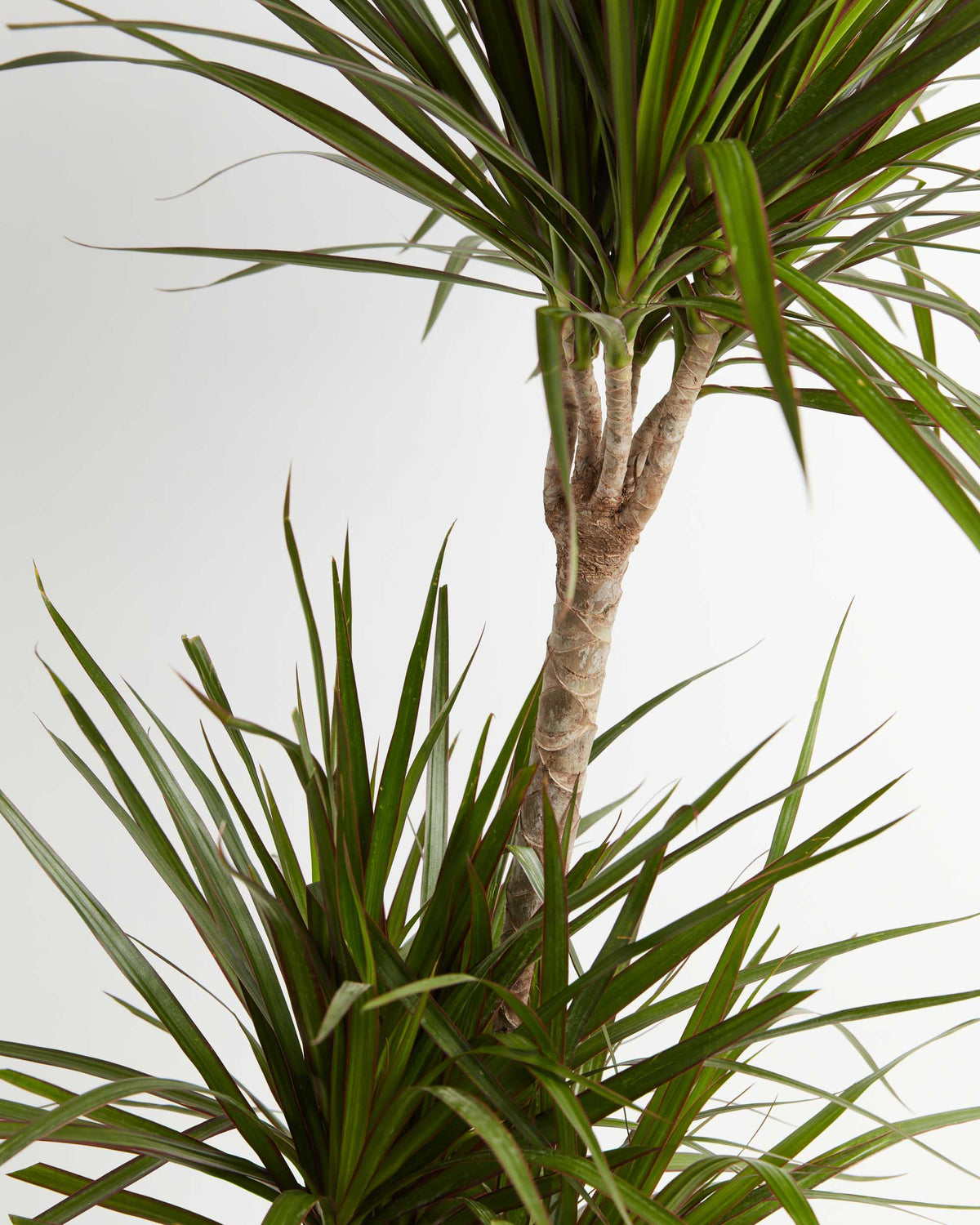
Dracaena Marginata House Plants for Delivery Lively Root
Dracaena Marginata plants typically require watering every 5 to 7 days in spring and summer and every 7 to 14 days during the winter months. These tropical plants won't tolerate overwatered and saturated soil bases. Water when the top 3 or 4 inches of topsoil are dry to the touch, and use distilled or filtered water if possible.
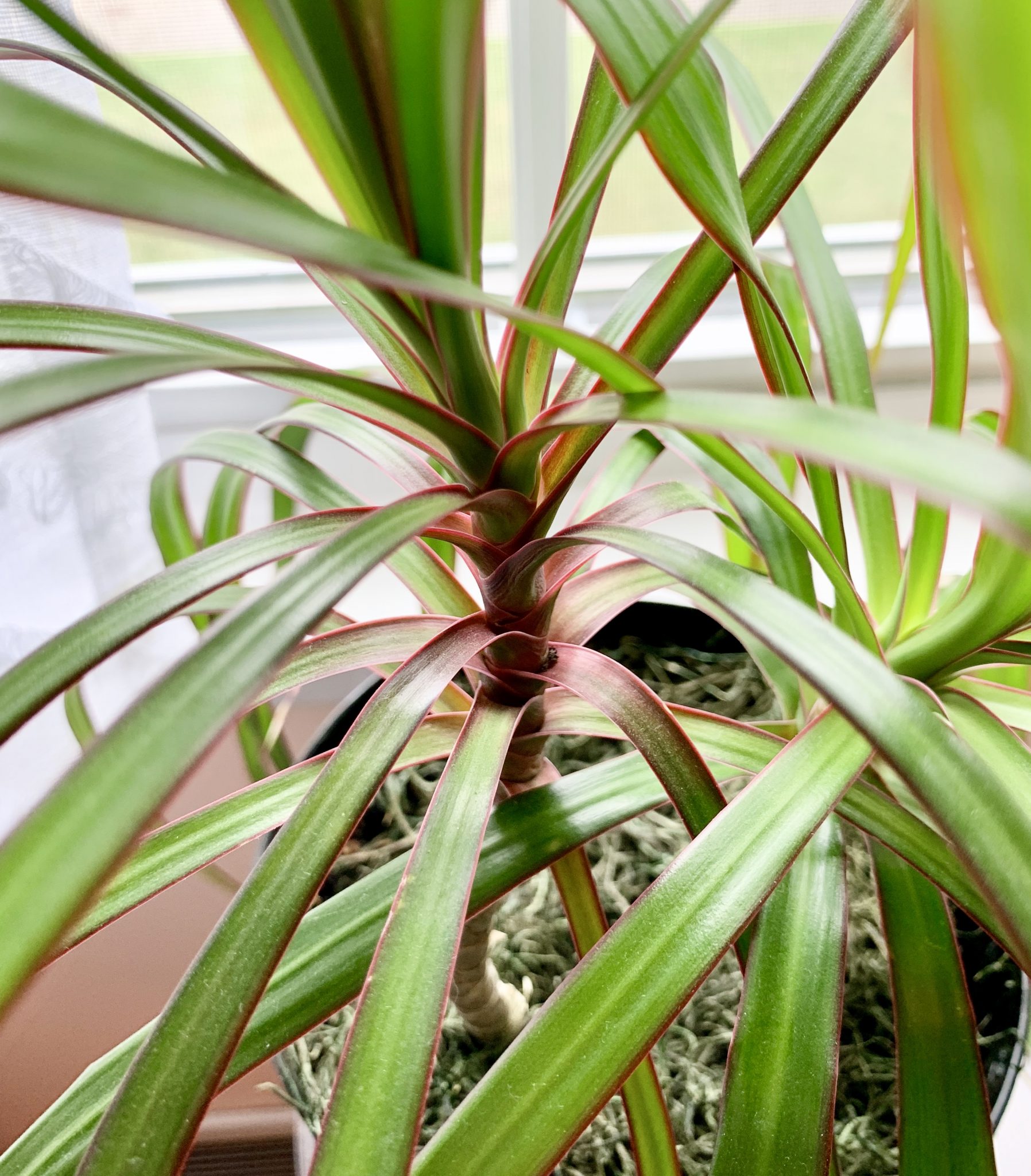
How to Care for and Propagate Dracaena Marginata Sprouts and Stems
Dracaena marginata, more commonly known as a dragon tree, is an attractive plant with green sword-like, red-edged leaves. Native to Madagascar, the eye-catching spiky tree is known as a great entry plant for household gardeners—it's easy to care for, drought-tolerant, and nearly indestructible. The Spruce / Krystal Slagle
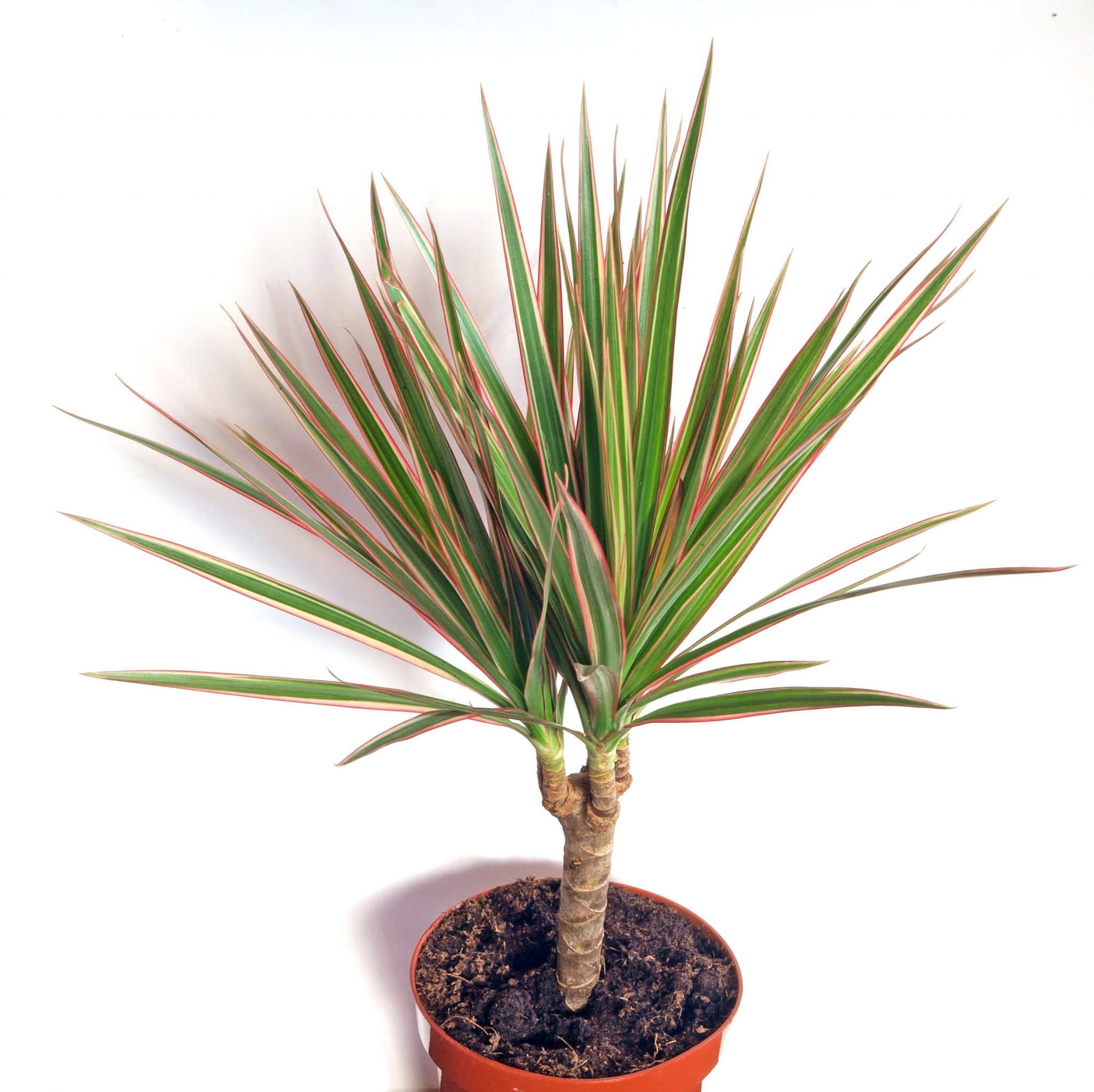
Dracaena Marginata PLANTS WHITSUNDAY
Dracaena Marginata are extremely sensitive to fluoride from water or superphosphate fertilizers. Dead, scorched-looking areas on the leaves and yellow or brown leaf margins and may indicate that a dragon tree has been exposed to high levels of fluoride. To avoid this type of problem, maintain a soil PH between 6.0 and 6.5, avoid fertilizing the.
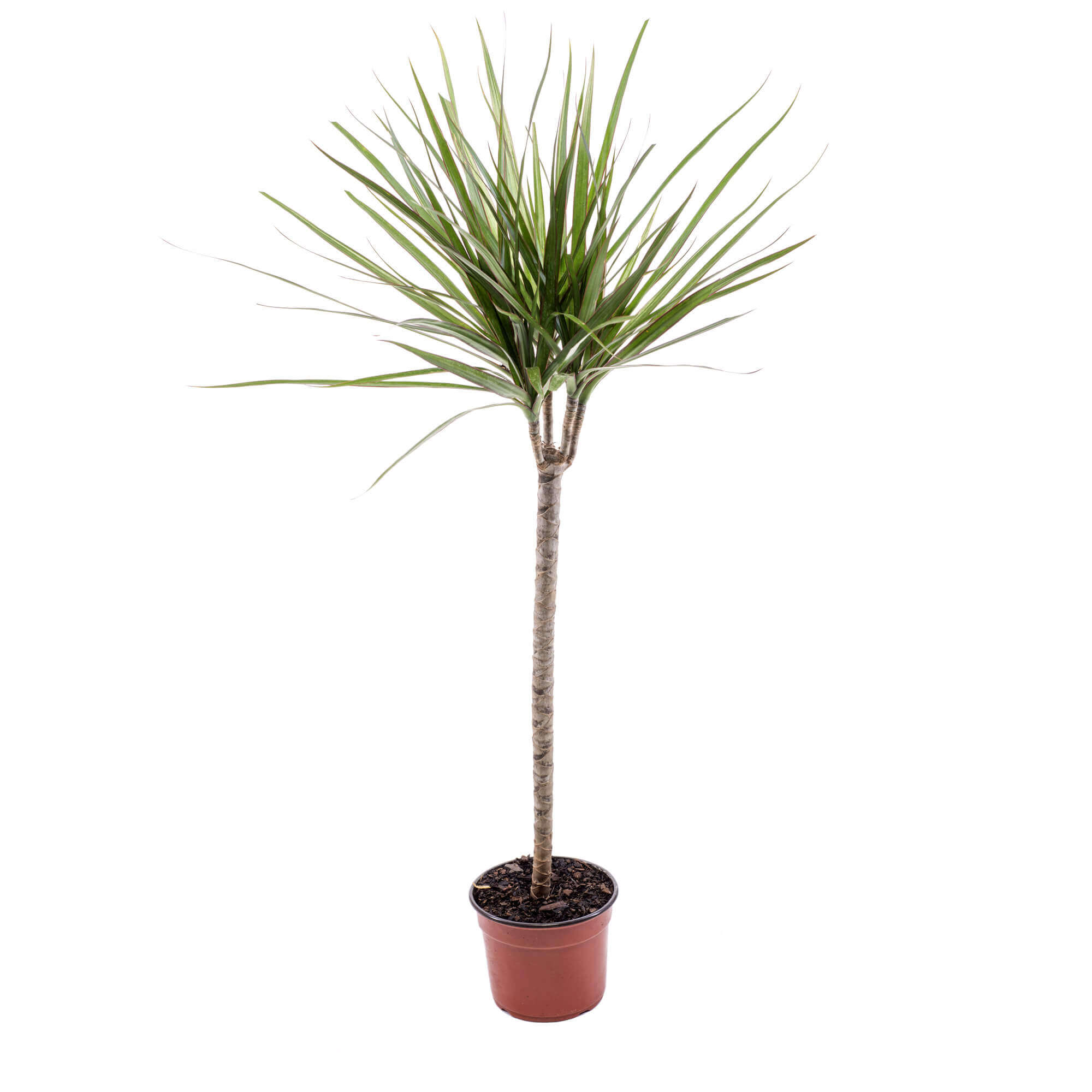
DRÁCENA MARGINATA VERDE M14 Zoe Nursery
Dracaena marginata, often thought to be a palm tree, is a truly magnificent indoor plant.. Dracaena marginata facts. Name - Dracaena marginata or Dracaena reflexa var. angustifolia Common - Madagascar Dragon tree Family - Agavoideae. Type - indoor plant Height - 3 to 6 ½ feet (1 to 2 meters) Exposure - very well-lit, even full sun. Soil: soil mix - Foliage: evergreen

Dracaena Marginata (Dragon Tree) basking in some glorious sunlight dracaenamarginata Dracaena
Dracaena marginata is a popular indoor plant with long, slender green leaves edged with red. These plants are great for beginners because they're drought tolerant and not at all fussy about their light conditions. It's the perfect combination of beauty and hardiness that makes a great houseplant!
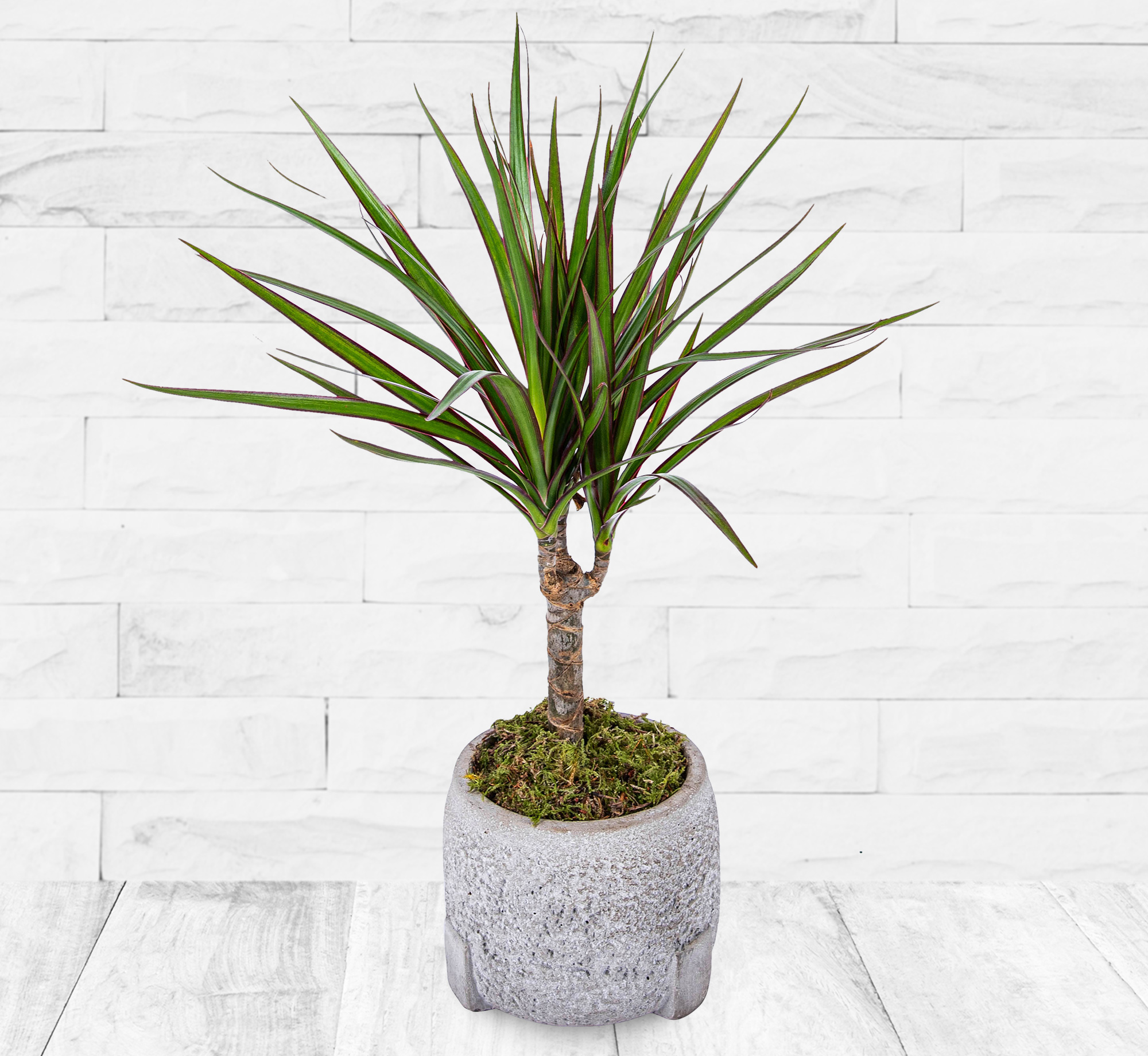
Dracaena Marginata 123 Flowers
Dracaena marginata is most comfortable in soil that stays slightly moist, but doesn't hold lots of water. The small root system relative to the trunk and foliage can easily be damaged by water-saturated soil, but the roots can also dry out if left without water for too long. Potting a dracaena marginata in loamy soil that drains water but.

dracaenamarginatac12 Vivercid
Here are some key care tips to ensure the health and growth of your plant: Soil: Provide your Dracaena marginata with well-draining and airy soil with a pH of 6 to 7 [^1]. A recommended soil mix includes loam, peat moss, and pumice or perlite [^13]. Light: This plant prefers bright indirect light, but it can also tolerate lower light conditions.